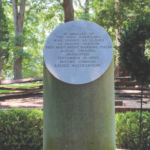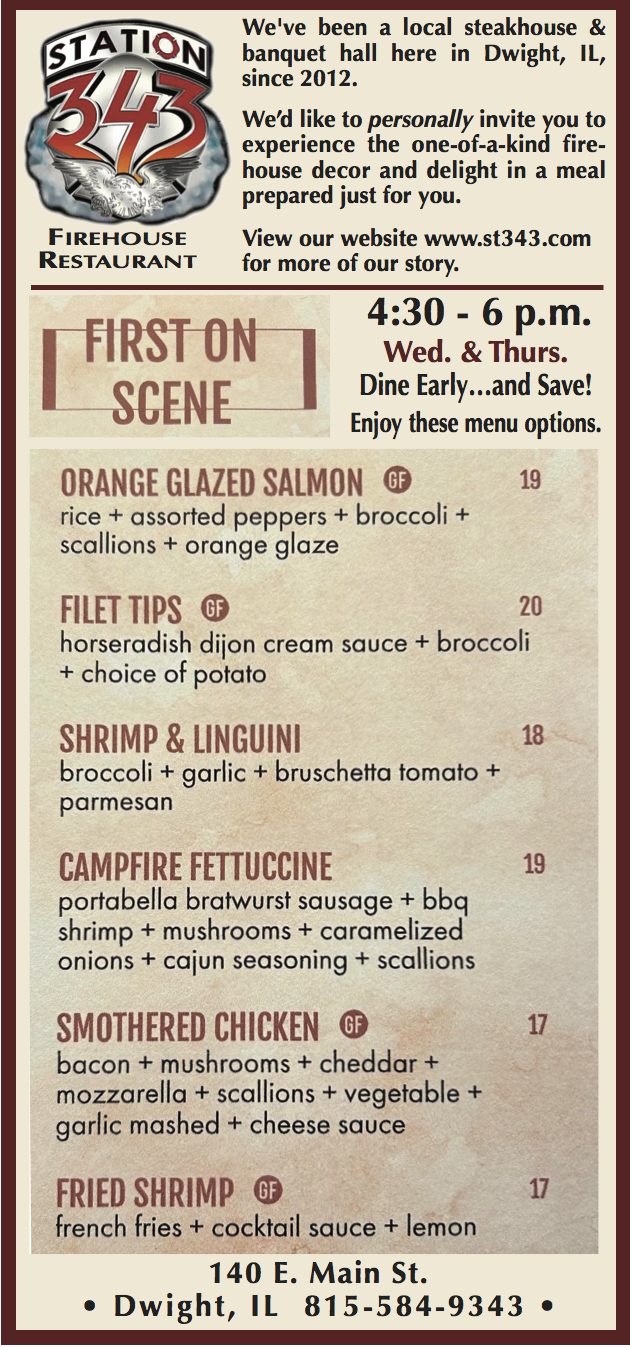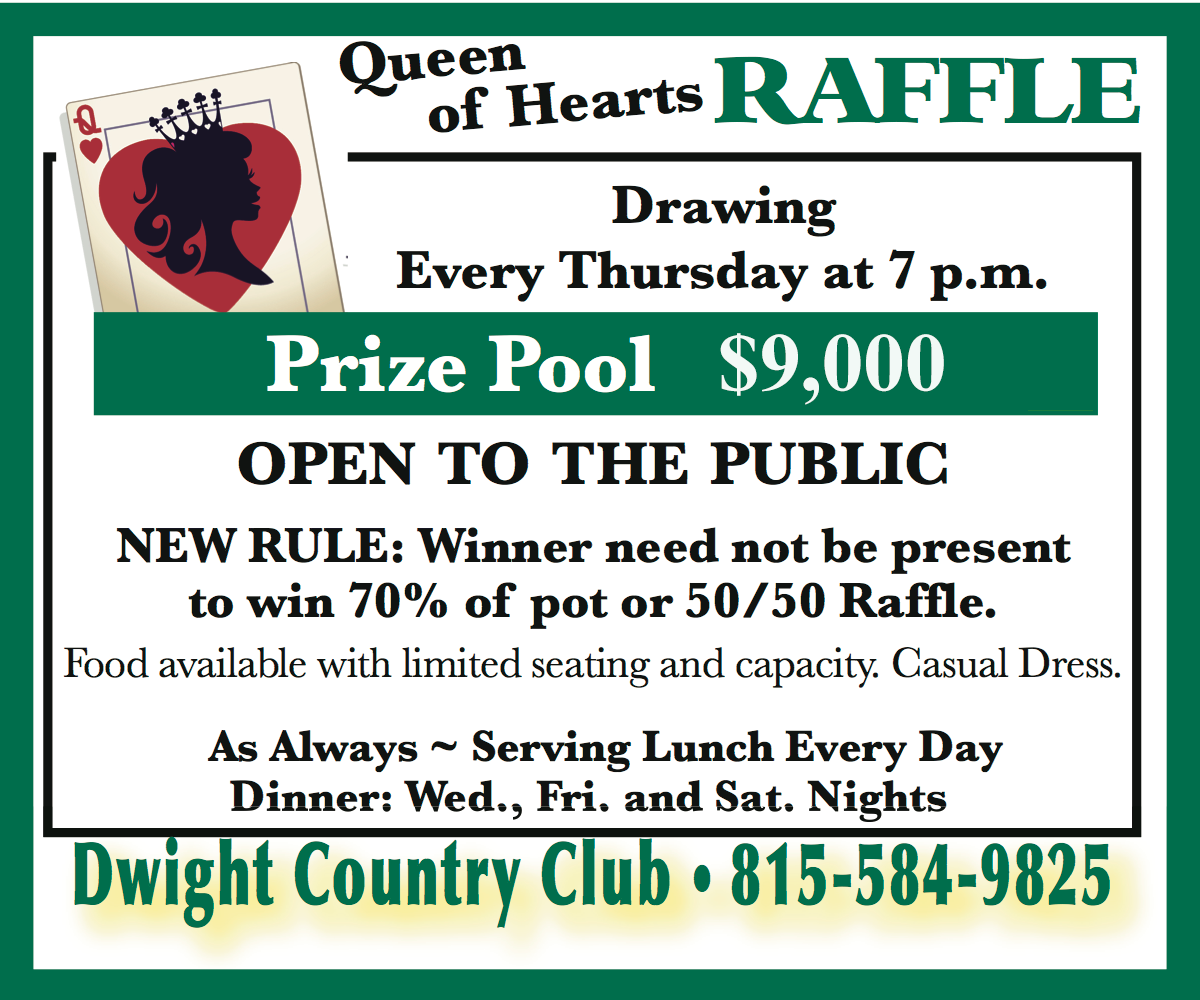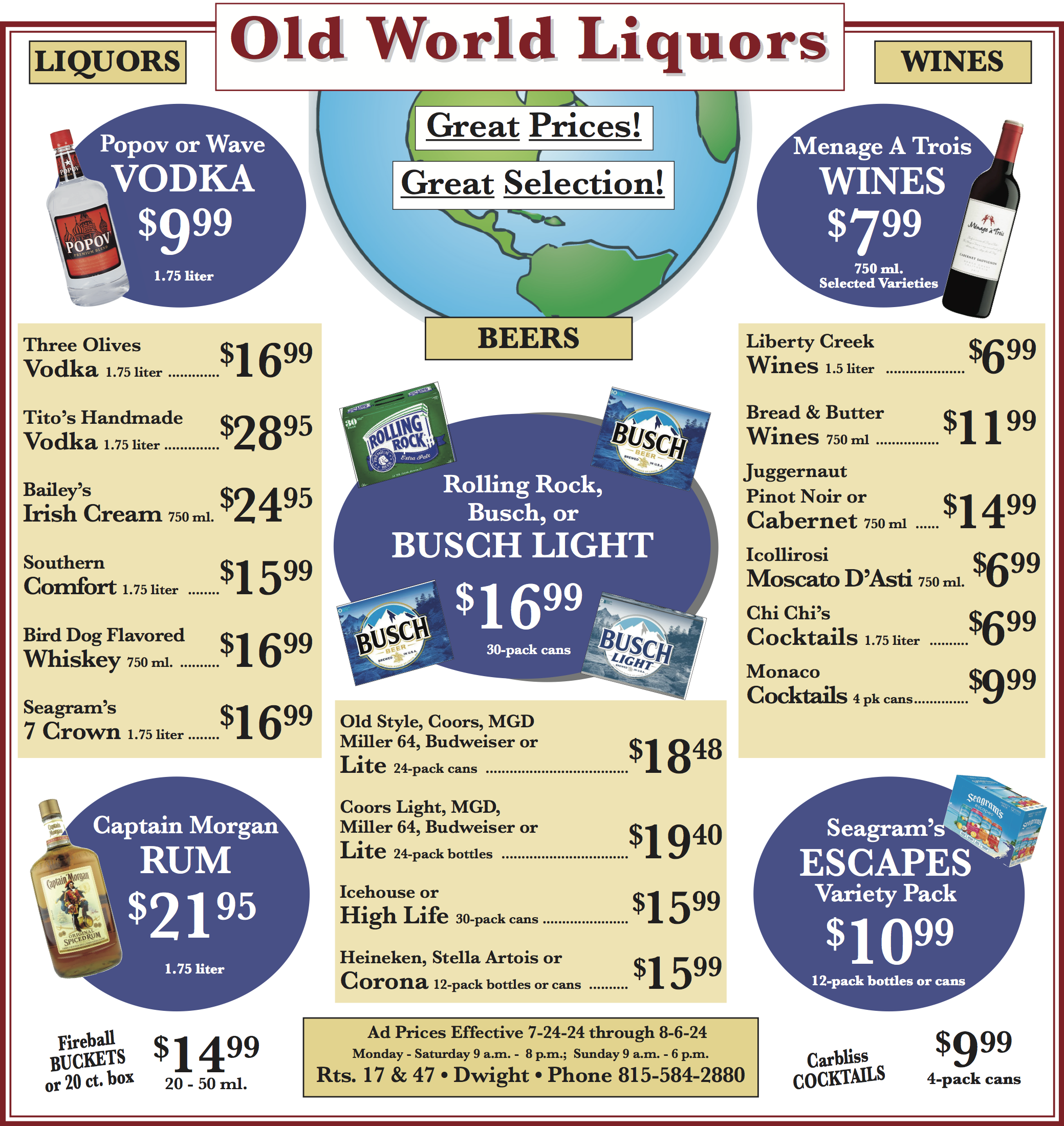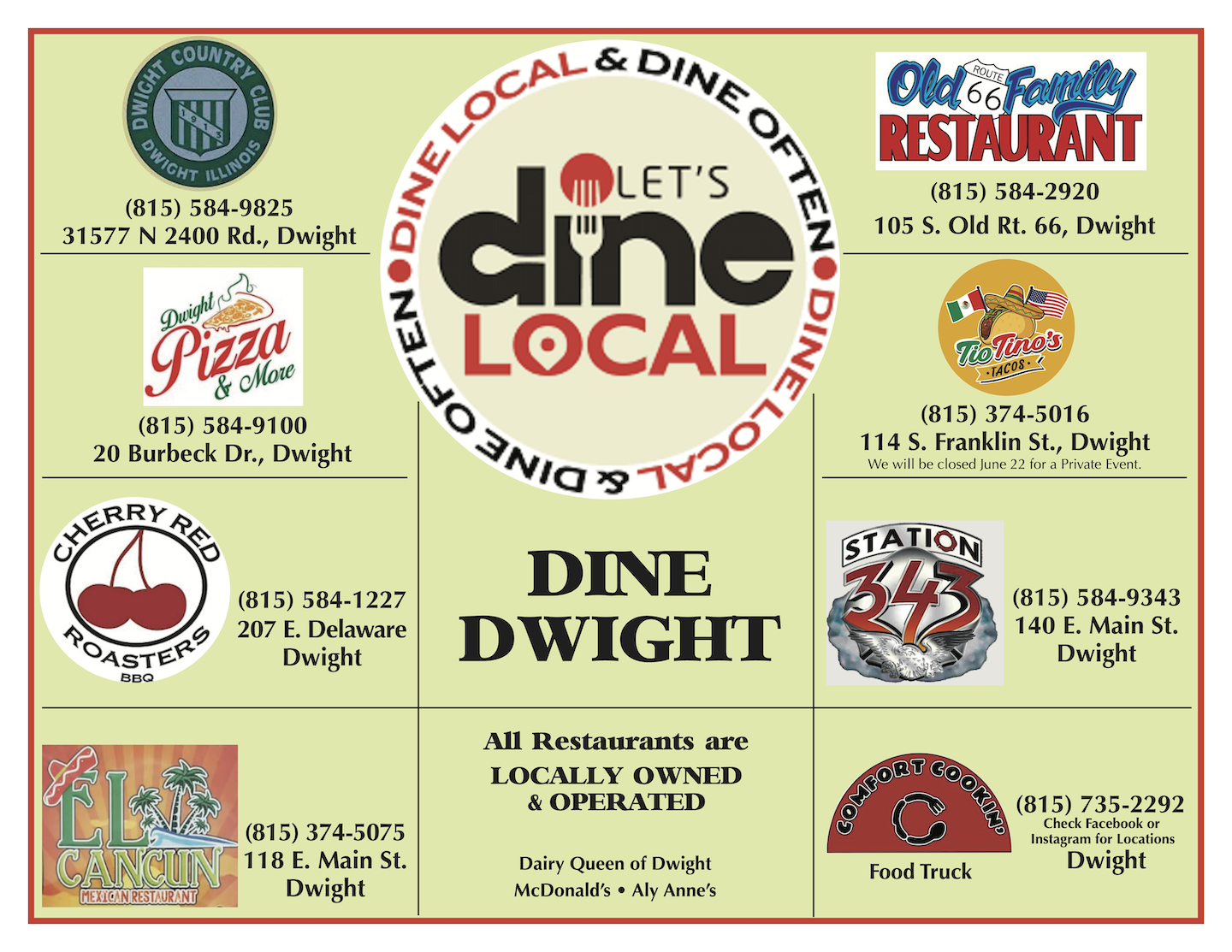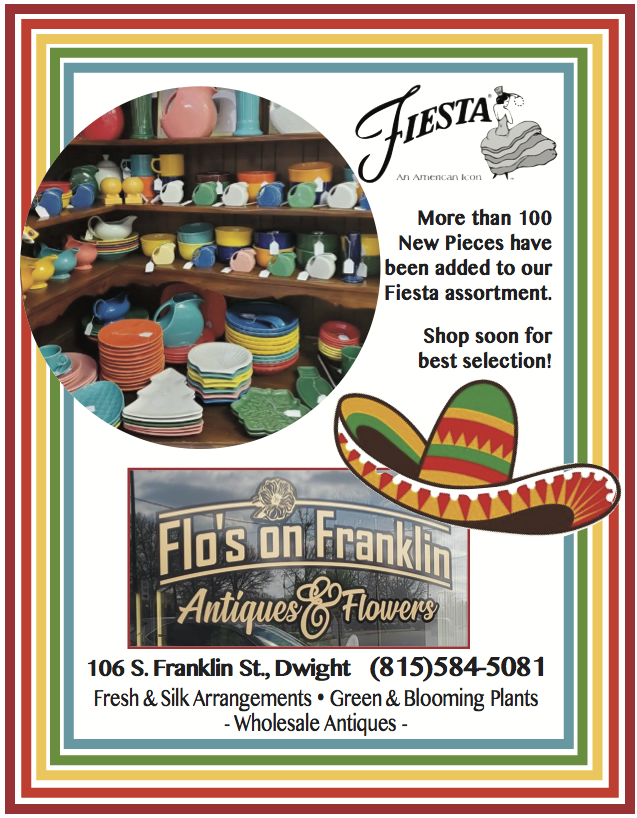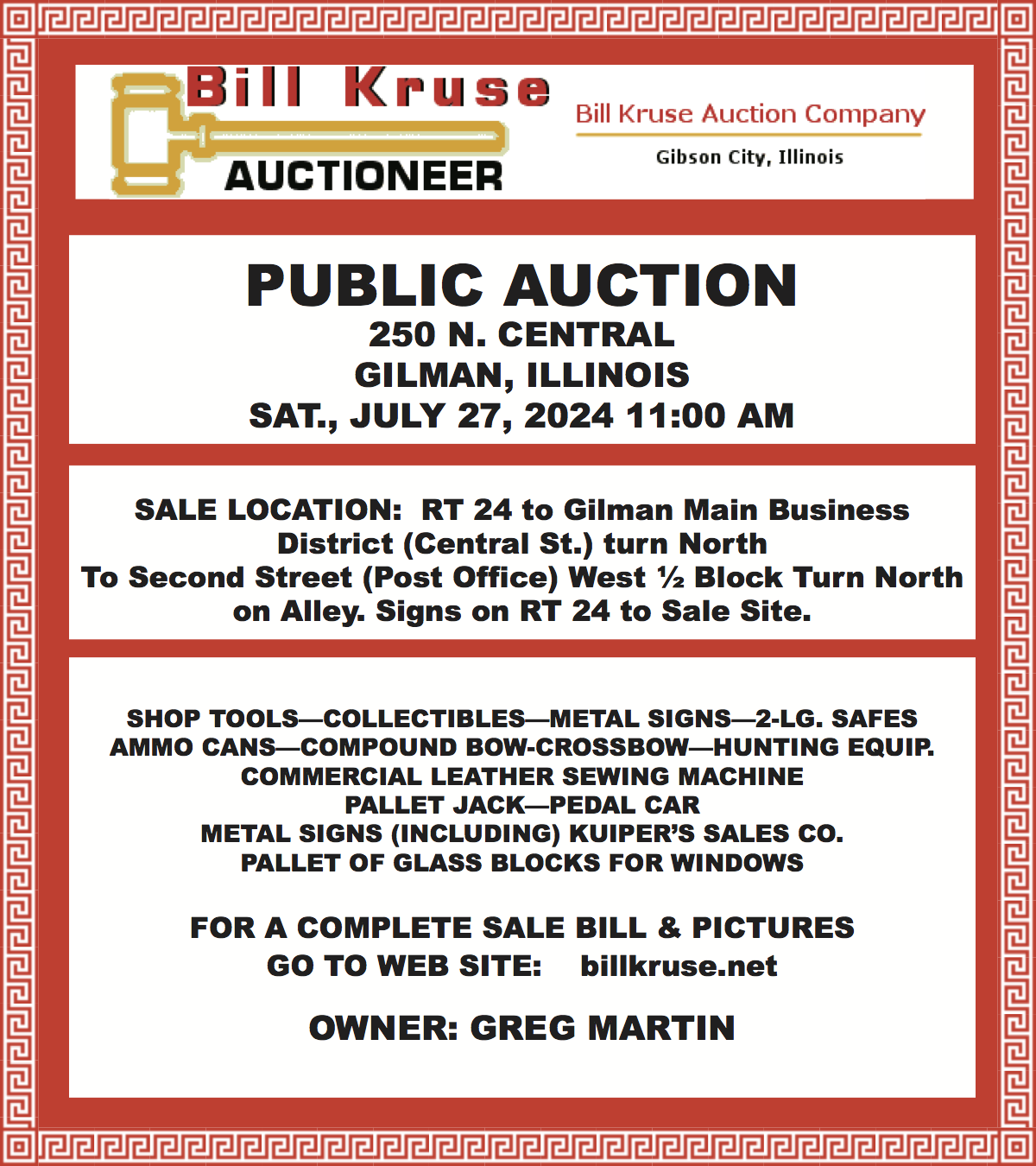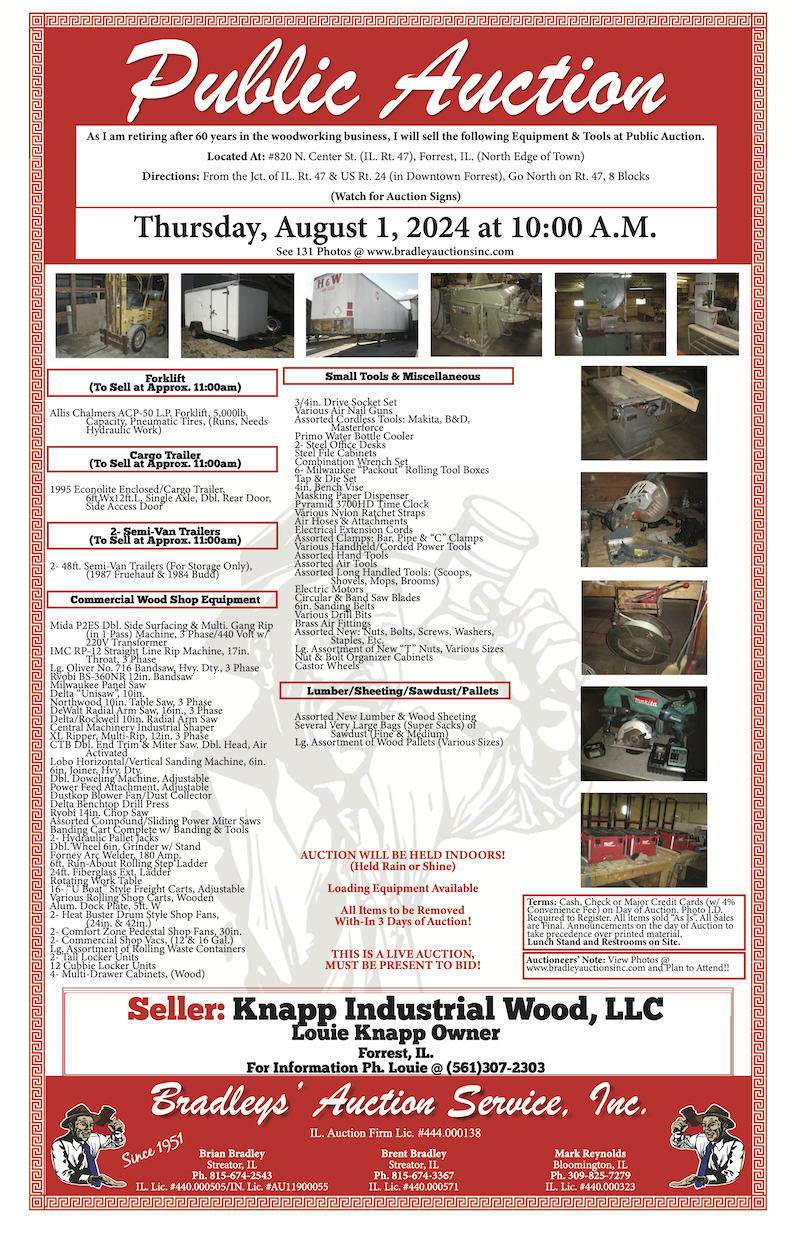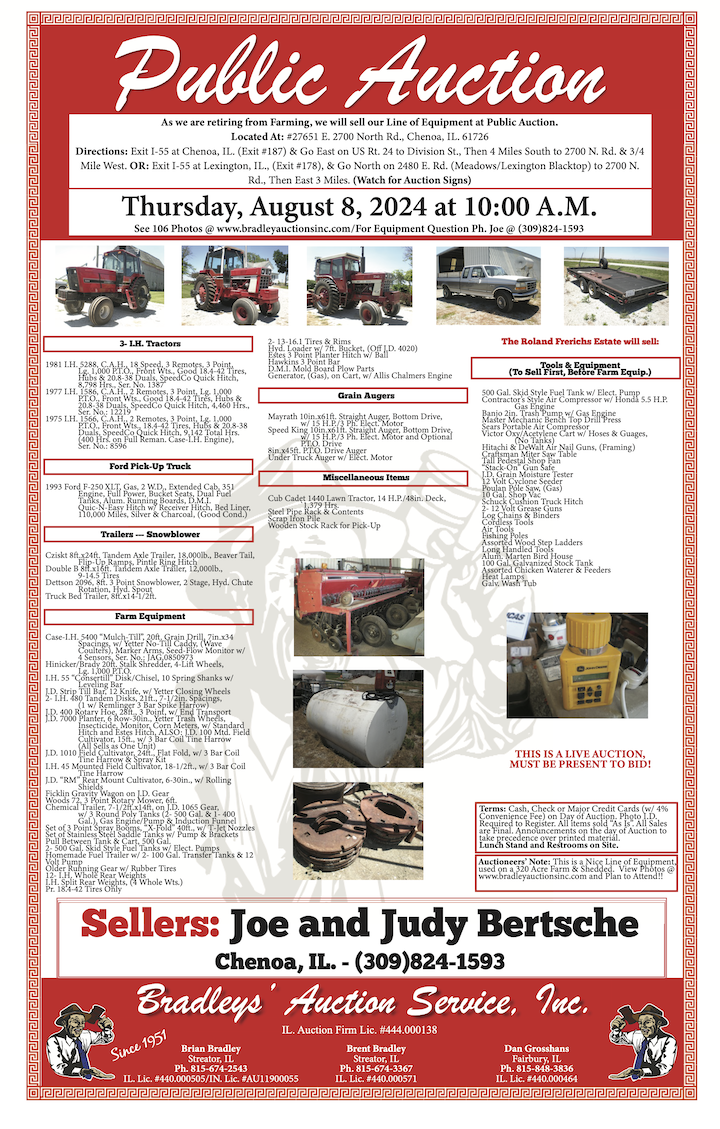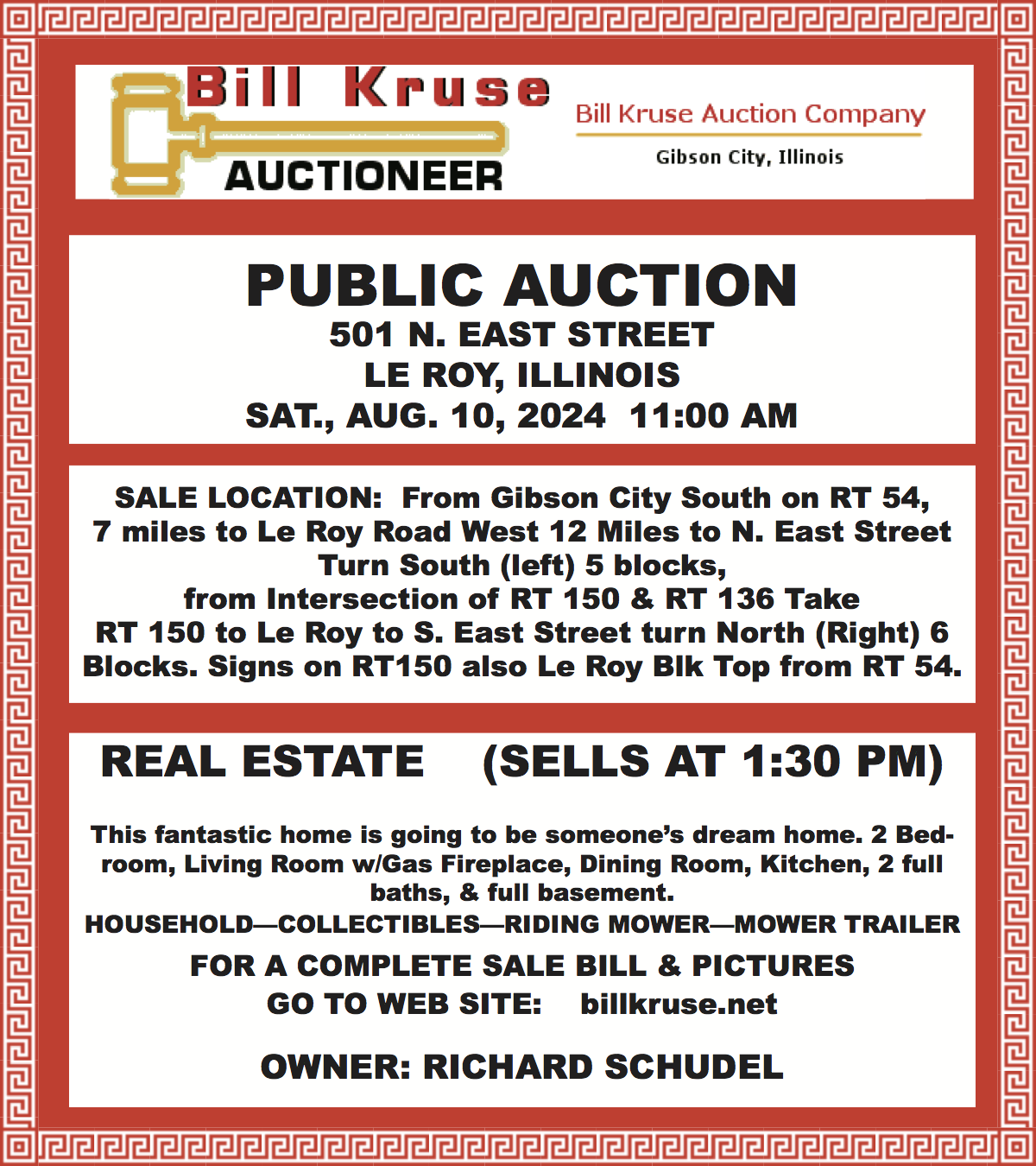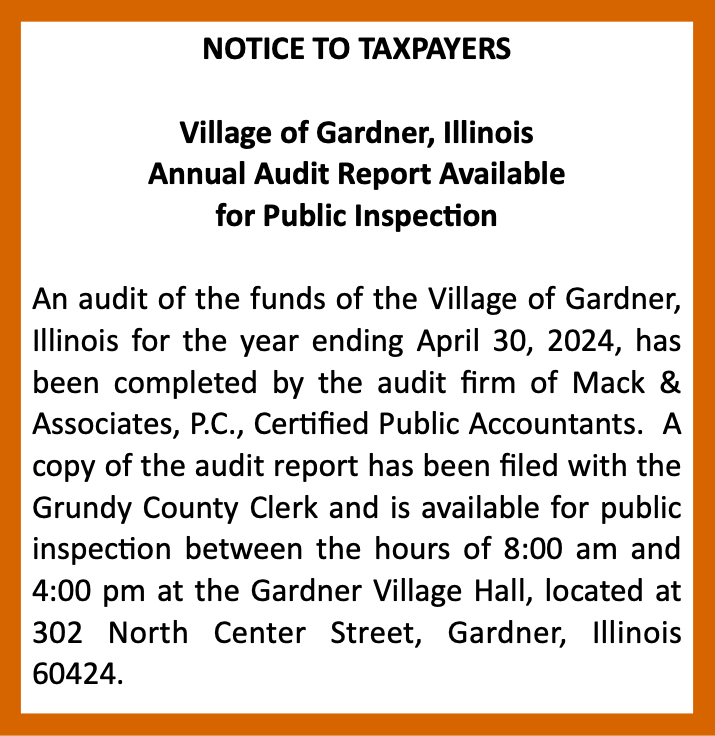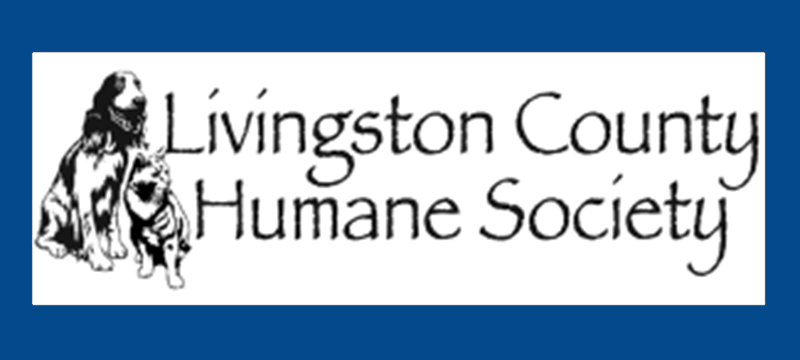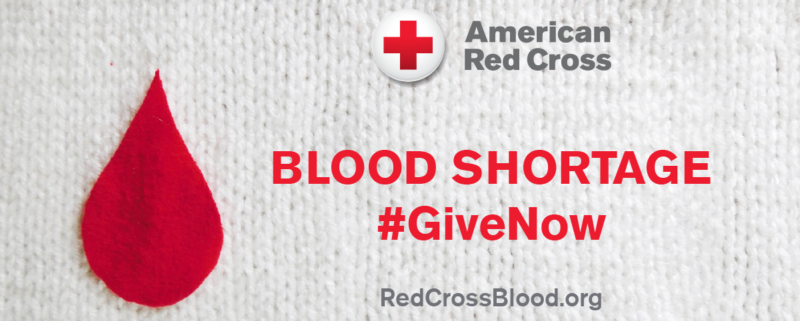Dwight Native Donates Private Tour of Mount Vernon
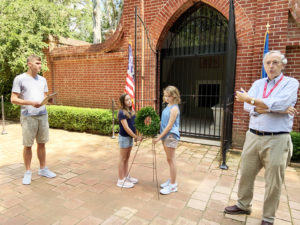
“We’re a family of history buffs,” quipped Jennifer Connor, of Dwight. But never did she imagine the history lesson she’d get during a recent trip to Virginia.
Last month, she and her husband, Jeremy, along with their kids, Bryson, 17, Tru, 12, and Kit, 10, got a six-hour private tour of Mount Vernon, the estate of George Washington, our nation’s first president and commander in the Revolutionary War that declared independence for the United States of America from Britain.
But it was no ordinary tour. It was led by Tom Smith, a historian at Mount Vernon who hails from Dwight. He is retired and lives near Washington’s estate, offering his extensive knowledge of the historic site as a guide three days a week, said Jane Anderson, coordinator of economic development for the Dwight Economic Alliance.
Anderson is Jennifer’s mother and was part of the tour. Smith donated the private tour for this year’s DEA auction and the Connors were the high bidder.
“[He’s] such an interesting and kind man,” Anderson wrote.
Connor said it was a trip of a lifetime. “It was really amazing,” she said.
She and Bryson had visited Mount Vernon once before, but a private tour unlocked areas of the estate few people get to see — including his library and vault, where they were able to see private letters Washington wrote to his wife Martha.
Connor said she was awestruck not only by the breathtakingly beautiful grounds, but by how much she learned about Washington. The estate was built in 1734 by his father and he resided there for 45 years from 1754 until his death in 1799.
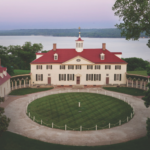 They visited the mansion, the gardens and pioneer farm, where Washington farmed 3,000 acres along the Potomac River. They also visited the slave quarters, where two to three men shared small wooden beds after long days in the blacksmith areas, smokehouse, spinning house, stable and distillery, which are all on display. More than 50 men and women were enslaved at Mount Vernon, skilled in specific trades. Slaves made tools and textiles, cared for livestock, processed food, and constructed and repaired many of Mount Vernon’s buildings, including the mansion itself, according to the site’s website.
They visited the mansion, the gardens and pioneer farm, where Washington farmed 3,000 acres along the Potomac River. They also visited the slave quarters, where two to three men shared small wooden beds after long days in the blacksmith areas, smokehouse, spinning house, stable and distillery, which are all on display. More than 50 men and women were enslaved at Mount Vernon, skilled in specific trades. Slaves made tools and textiles, cared for livestock, processed food, and constructed and repaired many of Mount Vernon’s buildings, including the mansion itself, according to the site’s website.The slaves are buried in unmarked graves approximately 50 yards southwest of George and Martha Washington’s tomb, on a bluff above the Potomac River. The Connors were able to witness the archaeological project in progress that was launched in 2014 to learn more about the slave cemetery. The goal is to create a map that shows exactly where individuals are interred and document each location.
The Connors also visited the tomb where George and Martha have their final resting place.
But what surprised Connor so much was learning from Smith about the man behind the uniform. They visited the gristmill and distillery, where Washington produced flour and cornmeal and, of course, whiskey. He operated a commercial distillery, run by slaves, that was America’s largest at one point.
Smith brought them down to Washington’s private library, where they were able to see many of his original books displayed on shelves. They saw Martha’s cookbooks and her prayer books, as well as Washington’s many books on farming and agriculture.
Washington’s gardens and farm were very advanced at the time. He began experimenting with agriculture, she learned, growing certain crops vertically on tiers, for instance.
“He considered himself a farmer before president or general,” she said. “In his mind he was a farmer.”
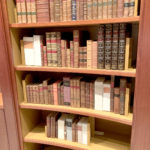
But the most eye-opening part of their tour was what they saw from the library’s vault that day. The vault is rarely open, but on this day historians had taken some of Washington’s belongings out and laid them on a table. Among them were two letters written by Washington, preserved in plastic, one to Martha and another to a friend, talking about the distillery and discussing going to war.
Smith told Connor that even he had never seen these papers and they wouldn’t come back out for another few years. Smith and the Connor family were looking at artifacts more than 250 years old, worth tens of millions of dollars.
“The whole experience was really amazing,” Connor said.
Her children were also inspired by the visit. Mount Vernon welcomes those who wish to pay their respect to the father of our country by participating in a daily brief wreath-laying ceremony at the Washingtons’ tomb. Bryson was the one who laid the wreath that day.
“They loved it,” Connor said.




